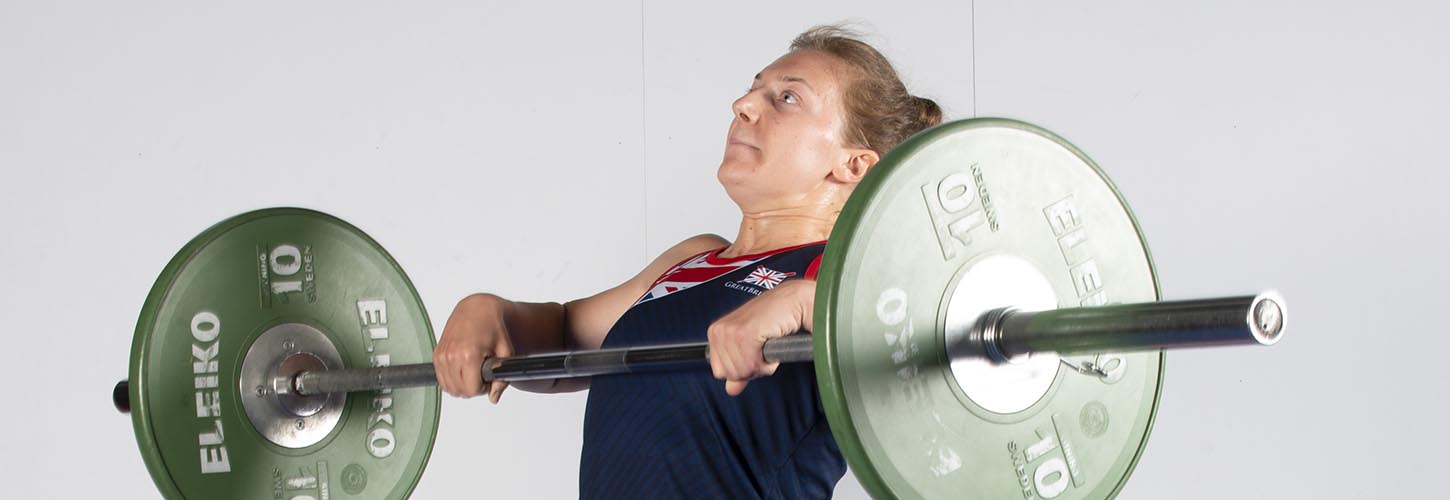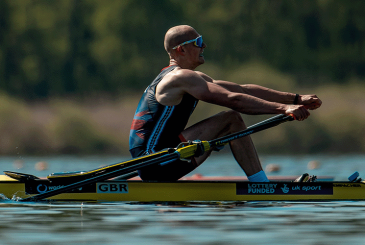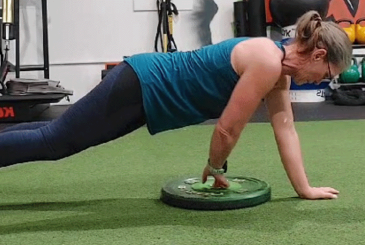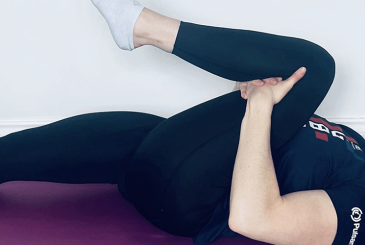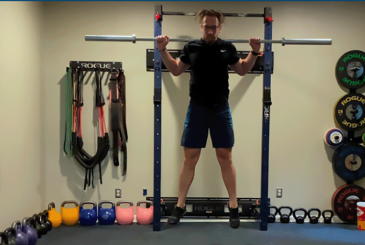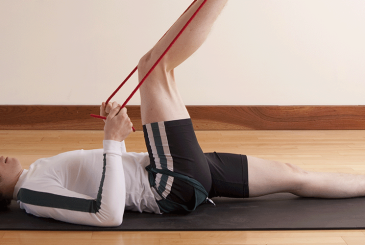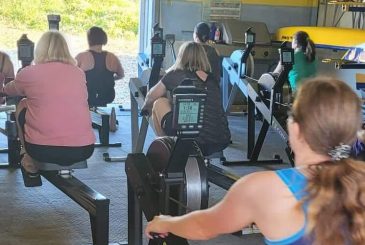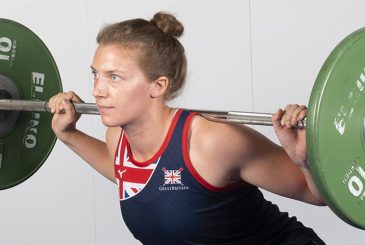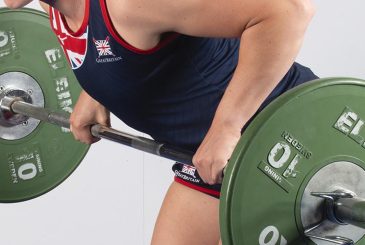Paying attention on land to the three pillars of movement, conditioning, and strength and power will maximise your effectiveness as a rower on water. This final article in our High Quality Land Training series looks at the importance of being a strong and powerful rower
Strength and power are important in moving the boat fast. That’s why all rowers aspire to be strong and powerful. But although ‘pumping iron’ and getting strong excites rowers, rather than heading straight for the weights room they should firstly develop the firm foundations of lifting technique, while paying attention to the movement and conditioning pillars that underpin strength and power training.
Strength is the ability to apply force, and power the ability to apply it quickly and dynamically, within “a given time frame”.
Good technique
“You want rowers to hold the correct stable, technical positions,” says Strength and Conditioning (S&C) coach Nicole Chase who, at the time this article was first published, worked for the English Institute of Sport (now the UK Sports Institute) with the GB Rowing Team. “Good technique and trunk strength are key. They must hold form when they lift.
“Develop the correct technique first before adding extra load. That’s to prevent injury and to make sure you load the appropriate muscles, because you can cause compensation patterns that will make you use the wrong muscles in the boat.”
For youngsters and newcomers to strength work, body weight circuits with exercises like press-ups and pulls-ups are a good way to start, before moving on to light weights.
“Good technique is fundamental and should be the focus before even considering lifting weights,” confirms Jack Birch, another S&C coach, who previously worked on the GB Rowing Team Development Pathway.
“Then develop to low weight exercises. You should be looking at one to two years of developing firm technique before moving onto heavier weights.”
Working against resistance, rowers will especially be developing the quads and glutes, and the lower body and trunk.
“As you develop you’ll lift heavier weights with fewer reps, but it depends on your strength and experience,” says GB Olympic Pathway Manager Tom Pattichis.
“Club coaches should acquire the appropriate knowledge to ensure their athletes lift correctly”
“The key is you must be well coached. Body weight exercises are fine for youngsters, then work on technique with an empty bar.”
Club coaches should acquire the appropriate knowledge to ensure their athletes lift correctly or rowers won’t get the benefit. One way to do this is through British Rowing’s Level 2 Strength and Conditioning course, he adds.
If you have the opportunity, arrange some coaching from a qualified S&C professional, adds Jack. Even elite athletes benefit from minor technical tweaks as they lift heavier loads.
Strength training tips
The three main target areas for strength training are the legs and hips; the trunk; and the upper body and around the shoulders.
Girls and women may need more upper body strength work to begin with, as they tend to be weaker there.
“Strength training will help rowers to build the robustness and foundations to enable them to do more intensive work”
“Strength training will help rowers to build the robustness and foundations to enable them to do more rowing and more intensive work,” says Nicole. “It protects against the body breaking down. And power helps you get off the blocks quickly.”
While developing their ability to move force, rowers should think how the force is applied. Select key exercises mirroring different aspects of the stroke.
“You apply force mostly in the catch position with the majority from the legs,” says Jack. “And you need a strong trunk to transfer the force of that drive.
“When you move up to weightlifting from body exercises, start with sub-maximal work. It should be achievable,” he says.
“Top athletes will work on lower reps and heavier weights based on a percentage of their maximum load. You can calculate this by doing a ‘max test’ of how much you can lift in five reps.
“But most sessions should still be sub-max, tough but achievable.” he adds.
And it’s important to use free weights, not a fixed load. This allows the trunk to stabilise the position, which is key to rowing. You will lift less than a fixed weight, but using the trunk muscles to stabilise is more useful for the boat.
How many sessions?
Club rowers should aim for two to three strength and power sessions per week. These can be a stand-alone activity or as the day’s final session. An advantage of the latter is that your major muscle groups aren’t fatigued for water work.
Work on it all year round, building in more explosive power exercises coming up to regatta season, which can form the warm-up for a whole session.
“Invest time in it,” adds Tom. “Build it in the winter, and maintain it in the summer. You can lose strength and power quickly, so when you are out on the water more, keep topping it up.”
Get started
Try these six strength and power exercises, which are widely used by rowers. Make sure you have the technique you need to avoid injury and get the intended benefit before trying them.
Key points
- Strength and power are important in moving the boat fast. Strength is defined as the ability to apply force, and power the ability to apply it quickly and dynamically, within “a given time frame”.
- The three main target areas for strength training are the legs and hips; the trunk; and the upper body and around the shoulders.
- Good technique and trunk strength are key – rowers must hold form when they lift.
- Club rowers should aim to fit in two to three strength and power sessions per week, depending on other commitments.
This article is an updated version of material first published in British Rowing’s Rowing and Regatta magazine in 2019.
Photo: Dianna Bonner
What do YOU want to read about on British Rowing Plus?
What do you find interesting here on British Rowing Plus that you’d like more of? What haven’t we covered yet that you’d like to read about?
Let us know by emailing [email protected]


